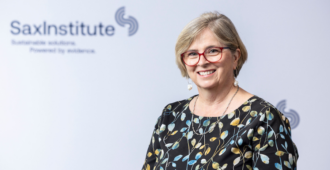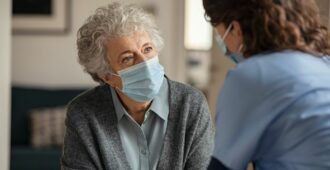
With improved detection and treatment, many cancer survivors are living well, according to new research based on data from the 45 and Up Study.
Research snapshot
- Survivors of melanoma, breast, prostate, and bowel cancers rated their quality of life almost as highly as those who never had cancer.
- People who had lung cancer, multiple myeloma and non-hodgkin’s lymphoma rated their quality of life as poorer.
- The findings map a broad variety of cancers and how they relate to quality of life after treatment.
The Australian National University (ANU) study examined a broad cross-section of cancer survivors from rural and urban areas, comparing 22,000 people with cancer to 244,000 people without cancer.
An analysis of physical disability, psychological distress and quality of life revealed just how diverse the cancer experience is, and also shed light on those who suffer most.

“There are more than one million people living with cancer in Australia and average five-year survival rates sit at 68 per cent,” study lead, Professor Emily Banks, said.
“The good news is that for the most common cancer types – such as breast, prostate, bowel cancer, and melanoma – the outcomes are looking really good.
“Overall, we found that once patients with the most common cancers were through the initial period of diagnosis and treatment, their quality of life and levels of psychological distress were similar to people in the community without cancer.
“These findings should shift the general mindset about cancer. It is good for people to know they may not have to quit their job and may continue to have a good quality life.”
However, Professor Banks also points out that certain cancers, especially those with worse survival, have a much more challenging profile.
“People with multiple myeloma, leukaemias and lymphomas do tend to have higher levels of physical disability than people without cancer and their overall profile is much worse,” Professor Banks said. “People with more advanced cancer also tend to have worse outcomes.”
The study concludes that findings could suggest priority areas for future research, care and support.
Read the full paper here
The 45 and Up Study is the largest ongoing study of healthy ageing in Australia. It’s made possible thanks to 250,000 dedicated participants across NSW, who are kindly sharing their health information with us to help create a healthier Australia.
Find out how the Study is powering other research into smoking and heart disease, physical activity and mental health.
If you’d like to stay up-to-date on the study, sign up for our newsletter





